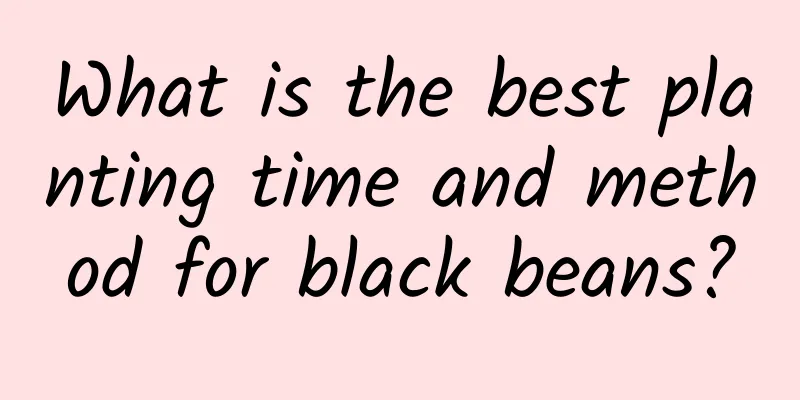How to grow Gastrodia elata

1. Maintenance methods1. Temperature: Gelsemium elegans has a strong adaptability to temperature and is generally wild. It can grow anywhere as long as the climate is not particularly harsh. If you go too far north, you should take precautions against the cold. 2. Light: It does not require too much sunlight and has strong adaptability. Generally speaking, wild heartbreak grass grows in cooler places because it is afraid of strong light. Therefore, if you want to raise it, you can choose a cool place. 3. Watering: Gelsemium elegans prefers moisture and may be distributed in humid places. Therefore, it is better to provide sufficient water during its growth period. 4. Fertilization: Gnaphalium does not require much fertilizer, and its requirements for nutrients in the soil are not too high. It can grow well with an appropriate amount of nutrients. If the heartbreak grass is planted in a large area, fertilizer can be applied in a concentrated manner, but overall it does not require too much. 2. Breeding techniques1. Reproduction: It can be propagated by sowing. The first thing is to collect seeds. You can sow them directly. If you don’t sow them directly, you need to preserve them well. It is more suitable to sow in spring or spring. Humus, bean dregs, garden soil, etc. can be mixed together as the matrix. When sowing, the spacing can be about three centimeters. After sowing, you need to cover the seeds with about one centimeter of soil. However, using this method, it takes longer to grow. 2. Pruning: Appropriate pruning can also promote the growth of heartworm grass, but the number of pruning does not need to be too many. It can be done in a concentrated manner in spring, and the extent should not be too great, just a slight repair will be enough. Even if it is not pruned, it will not hinder its growth too much. 3. Problem diagnosis and treatment1. Diseases: It does not get sick very often. When the climate is very unsuitable, some problems may occur sometimes. Just take timely treatment or pay attention to prevention in daily life. 2. Pests: There are not many pests, and sometimes there are no pests for a long time. Preventive measures can also be taken. IV. Other issues1. Toxicity: This type of grass is highly poisonous, as can be seen from its name. 2. Can it be kept at home? Generally not, because it is highly poisonous. Its value lies mainly in its medicinal use, so it is not kept at home. |
<<: How to cultivate Eucommia ulmoides
Recommend
Do apricot trees like sun or shade? Do they like sunlight (light conditions)?
Do apricot trees prefer shade or sun? The apricot...
How can a fortune tree grow taller?
1. If it is a cutting of the fortune tree In many...
Wushu enters the house and the family becomes poor and ruined
1. Willow Generally, willow trees are rarely plan...
The efficacy and function of cherry
Medicinal effects Basically, most edible things c...
What to do if the leaves of lucky bamboo turn black
1. Water quality issues (1) Cause: The most likel...
What is the omen and meaning of the sudden blossoming of the lucky tree?
Many flower lovers grow the lucky tree as an orna...
How to make Clivia leaves grow neat and beautiful (how to maintain the leaves upright and flat)
How to make the leaves of Clivia neat and beautif...
The reason why the tips of camellia leaves turn black and fall off
1. Low temperature Reason: Camellia prefers a war...
Black Master's breeding methods and precautions
Black Magic is very easy to grow. Flower lovers w...
How to fertilize trumpet creeper
Plants' need for fertilizer It has a relative...
What to do if the leaves of Clerodendrum thomsoniae turn yellow
1. Appropriate amount of light: Reason: If there ...
Breeding methods and precautions of golden marbles
1. Breeding environment 1. Soil: Slightly acidic ...
What to do if the leaves of the fortune tree turn yellow and droop
1. Increase lighting Reason: Proper light is esse...
How many years does the black fruit tree bear fruit?
Introduction to planting black fruit mountain ash...
How to water osmanthus
Key points for watering osmanthus Osmanthus prefe...









